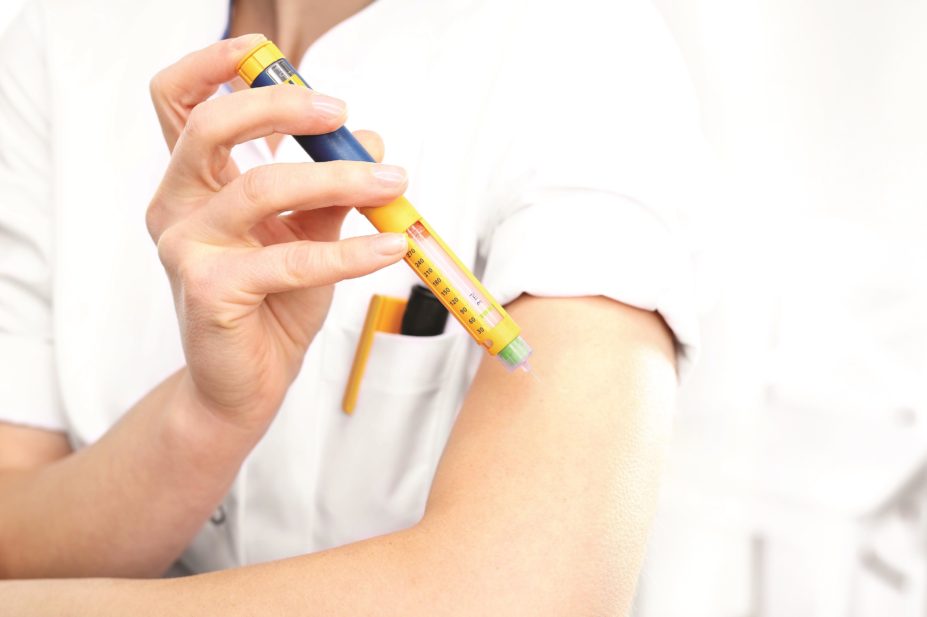
Shutterstock.com
For diabetes patients, daily insulin injections can be painful and bothersome. But insulin cannot be given orally because it is destroyed by acid in the stomach and by absorption in the intestines.
Researchers at Niagara University in New York have developed a way to encapsulate insulin inside lipid molecules, called a Cholestosome.
After conducting tests to find the optimal conditions for the Cholestosome, the researchers say that tests in rats showed that the insulin was orally available. The research was presented at the 252nd American Chemical Society National Meeting & Exposition in Philadelphia on 24 August 2016[1]
.
The team now plans to move forward with more animal tests and to find a partner with whom to take the technology into human trials.
References
[1] Catalano J, McArthur J, Hughes J et al. Formulation of insulin for oral dosing. Presented at the 252nd American Chemical Society National Meeting & Exposition in Philadelphia on 24 August 2016.

